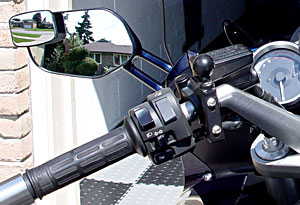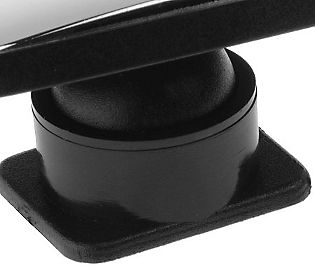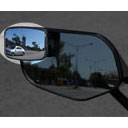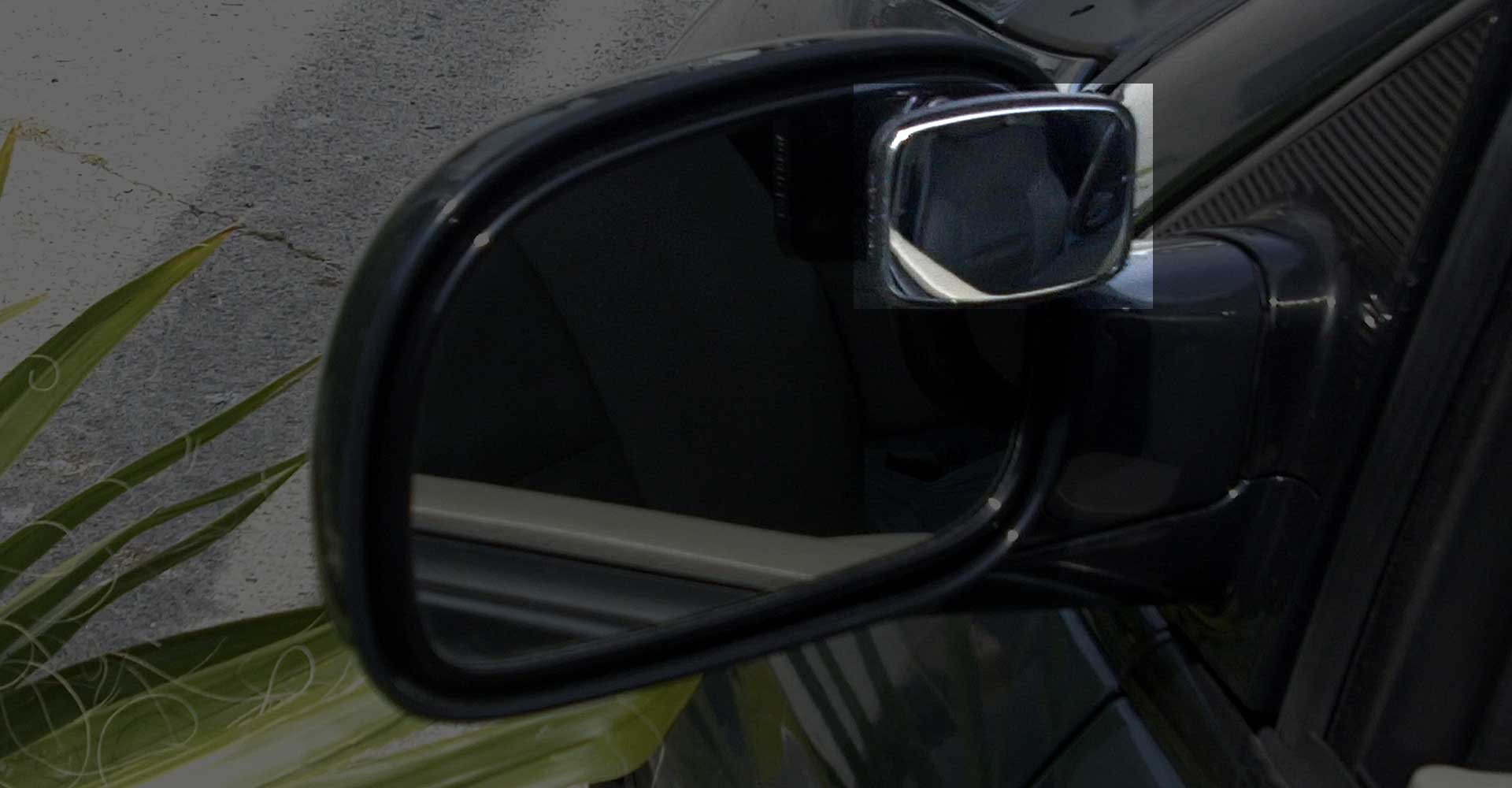
Put your soft, gently body in a metal box and propel yourself at high speed amongst lots of other high-speed metal boxes driven by fallible humans. Not a recipe for safety is it?
So, firstly you must make sure you are in the best shape to be a driver. No drink or drugs allowed and make sure you are well-rested too. You need to avoid distractions and keep on with the concentration.
Your main protection comes from the equipment around you though. There are safety devices to help if you do have a crash. Cars are made to absorb energy by crumpling, seat belts will hold you in place and air bags will give you a soft landing.
You also these days have many extra measures to help keep life simple as you go. You have rain responsive wipers to clear the screen of water and heaters to keep the glass clear of ice and snow. You have sensors to tell you if you are about to back into something and ever brighter lights to illuminate the way, even in fog.
What we haven’t mastered yet is a way of ensuring we can all see all around us properly! It may sound crazy, but in this highly dangerous environment, you have large areas of the road, near to you and totally outside your field of vision.
You have your eye vision to forward and side and your review mirror for directly behind the vehicle. Then it all gets a bit shaky. Your side mirrors show some areas to the side but not others. Cars and even trucks will drift in and out of vision. The only way to be really sure is to turn your head round, leaving you careering forwards at high speed without looking where you are going!




